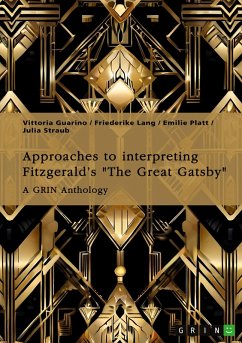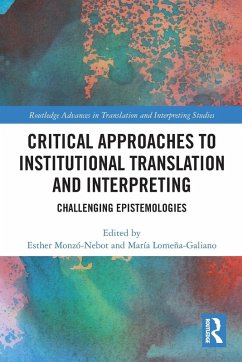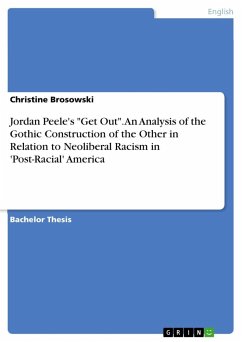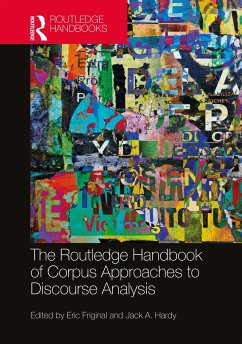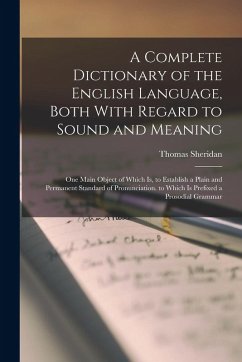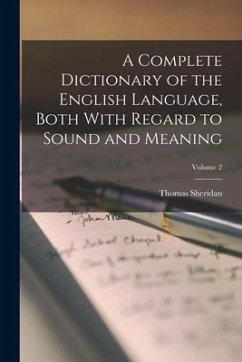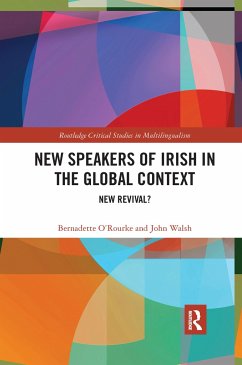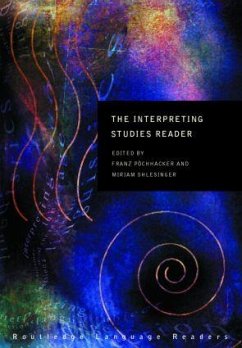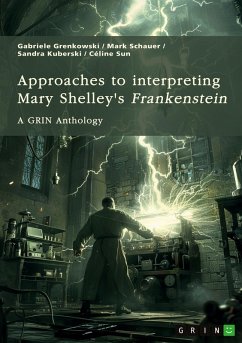
Approaches to interpreting Mary Shelley's "Frankenstein". Frankenstein's monster, the creation of terror, and genre-related questions
A GRIN Anthology
Herausgeber: (Hrsg., GRIN Verlag

PAYBACK Punkte
0 °P sammeln!
The Monster in Frankenstein with Regard to Rousseaüs Concept of the ¿Noble Savage¿ (2011) 1. Introduction 2. Rousseaüs Concept of a ¿Noble Savage¿ 2.1 Opposite Theory: Thomas Hobbes 3. Frankenstein¿s Monster as a ¿Noble Savage¿ 3.1 Arguments for Frankenstein¿s Monster as a ¿Noble Savage¿ 3.2 The Monster¿s Transition from a ¿Noble Savage¿ into a Murderer 3.3 Reference to Paradise Lost by John Milton 4. Conclusion List of Sources Précis Critiques of Mary Shelley's Frankenstein. Was Victor Frankenstein a woman? And other post-modern literary disputes (2012) Critique one Critique T...
The Monster in Frankenstein with Regard to Rousseaüs Concept of the ¿Noble Savage¿ (2011) 1. Introduction 2. Rousseaüs Concept of a ¿Noble Savage¿ 2.1 Opposite Theory: Thomas Hobbes 3. Frankenstein¿s Monster as a ¿Noble Savage¿ 3.1 Arguments for Frankenstein¿s Monster as a ¿Noble Savage¿ 3.2 The Monster¿s Transition from a ¿Noble Savage¿ into a Murderer 3.3 Reference to Paradise Lost by John Milton 4. Conclusion List of Sources Précis Critiques of Mary Shelley's Frankenstein. Was Victor Frankenstein a woman? And other post-modern literary disputes (2012) Critique one Critique Two Critique Three Critique Four Critique Five Works Cited The Creation of Terror in Mary Shelley¿s ¿Frankenstein¿ (2011) 1. Introduction 2. Frankenstein as Gothic story 3. Terror 3.1 The Term ¿Terror¿ 4. Sublime and Obscurity 4.1 Edmund Burke on the sublime 4.2 Obscurity 5. Terror in Frankenstein 5.1 Terror within the Story Itself 5.2 Terror achieved through other Features 6. Conclusion Bibliography The Significance of Limits. The Parallels between Dostoyevsky's "Crime and Punishment" and Shelley's "Frankenstein" (2018) 1. Introduction 2. Limits for the Profane Mind 2.1 Empathy and Morality 2.2 Sexuality and Mortality 3. Overcoming Limits: Self-Absolutizing 3.1 Reason and Ethics 3.2 Science and Spirit 4. Limits in a Secular World 4.1 Materiality and Immorality 4.2 Self-Containment and Death 5. Overcoming Limits: Transformation through the Other 5.1 Image and Language 5.2 Dialogue and Grace 6. Conclusion: Transcendence in-and-beyond the Embodied Bibliography The function of comic relief in stage adaptations of Mary Shelley¿s "Frankenstein" (2019) 1. Introduction 2. Comic relief in stage adaptations of Frankenstein 2.1 A brief definition of comic relief 2.2 Primary works and their way of adapting Frankenstein 2.3 Comic relief in Frankenstein adaptations 2.4 Comparison of ¿Presumption¿ and ¿The bride of Frankenstein¿ 3. Conclusion Works Cited Is Mary Shelley's "Frankenstein" a typical Gothic Novel? Context and Themes in "The Modern Prometheus" (2022) 1. Introduction 2. Context 2.1. Information about Mary Shelley 2.2 The Gothic genre 3. Gothic themes in Frankenstein 3.1 Horror and monstrosity 3.2 Similarity of Victor and the monster 3.3 Sexuality and incest 3.4 Narrative style 4. Conclusion Works Cited




